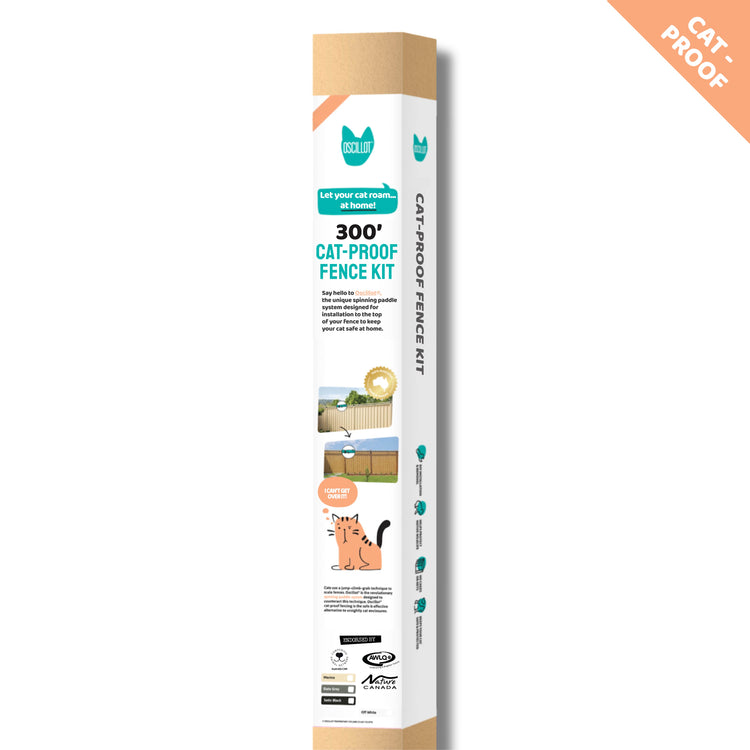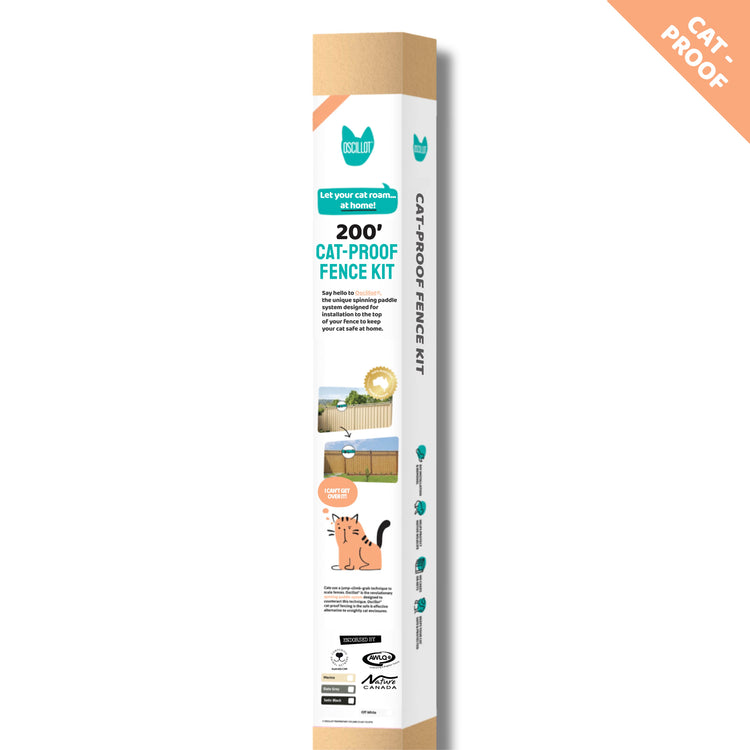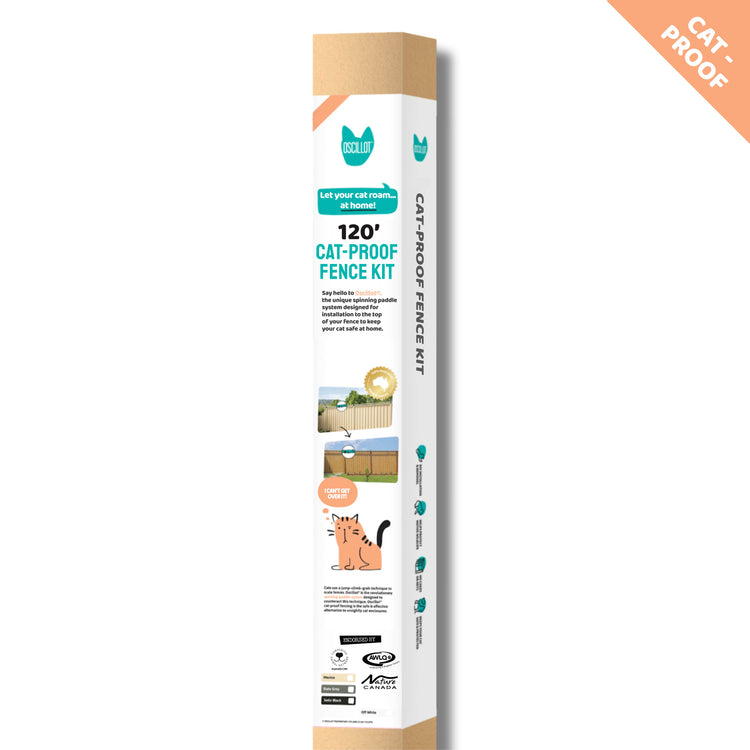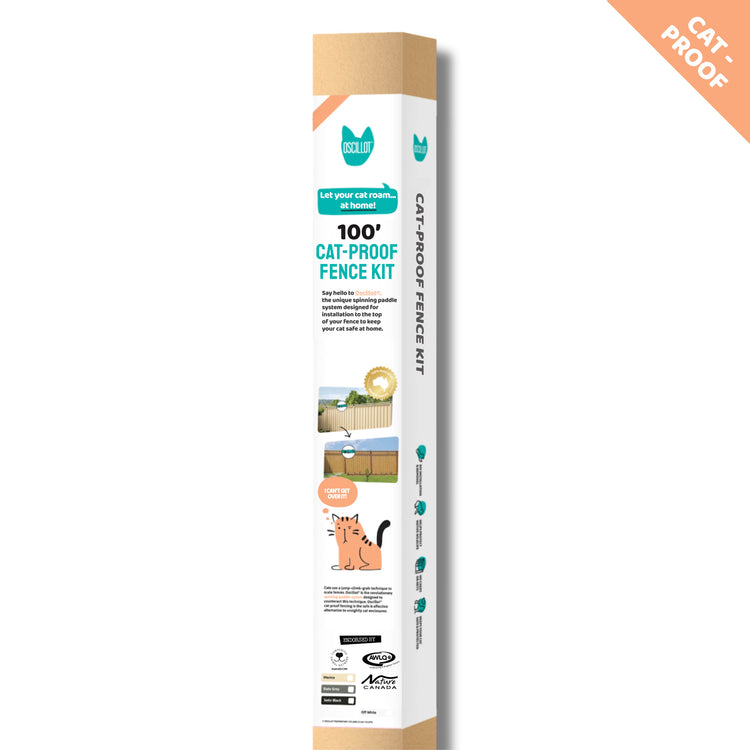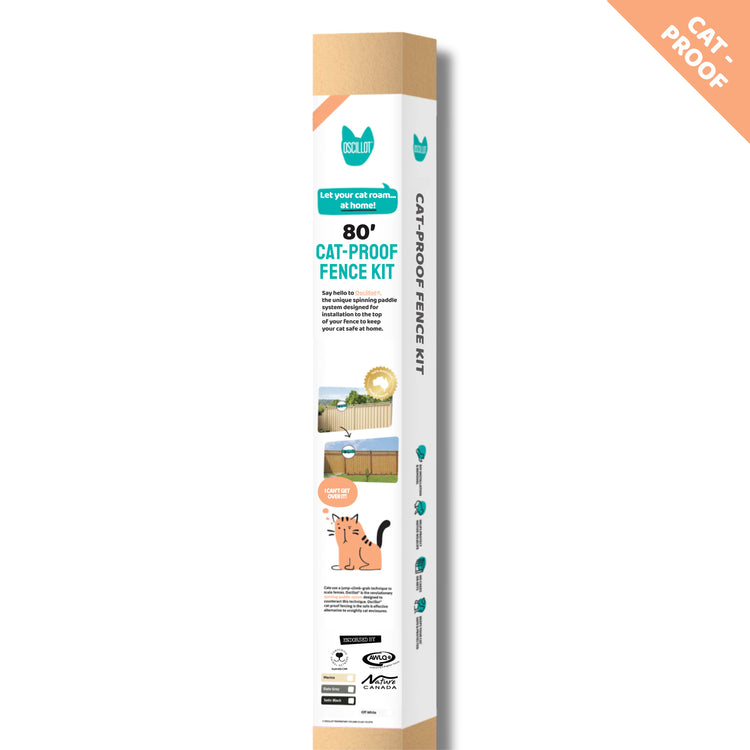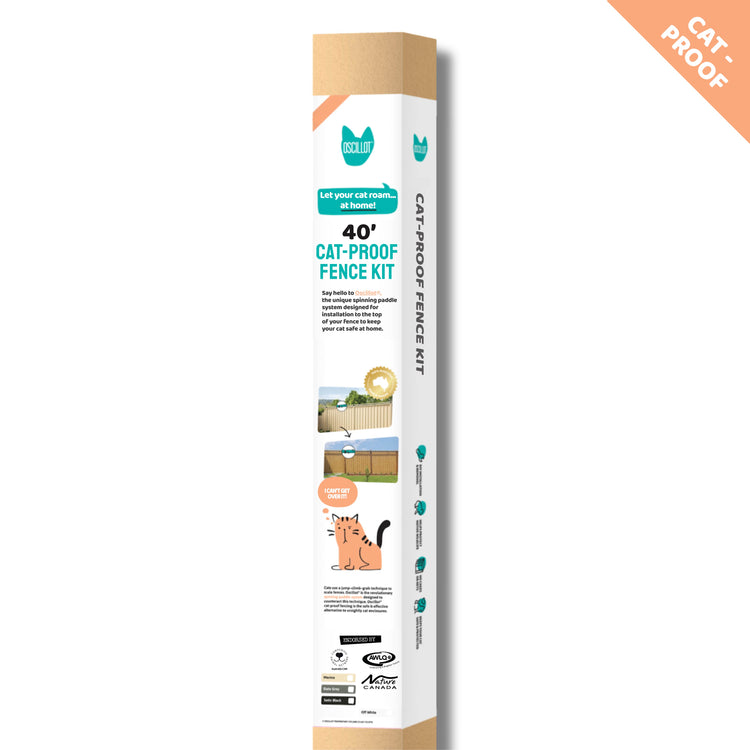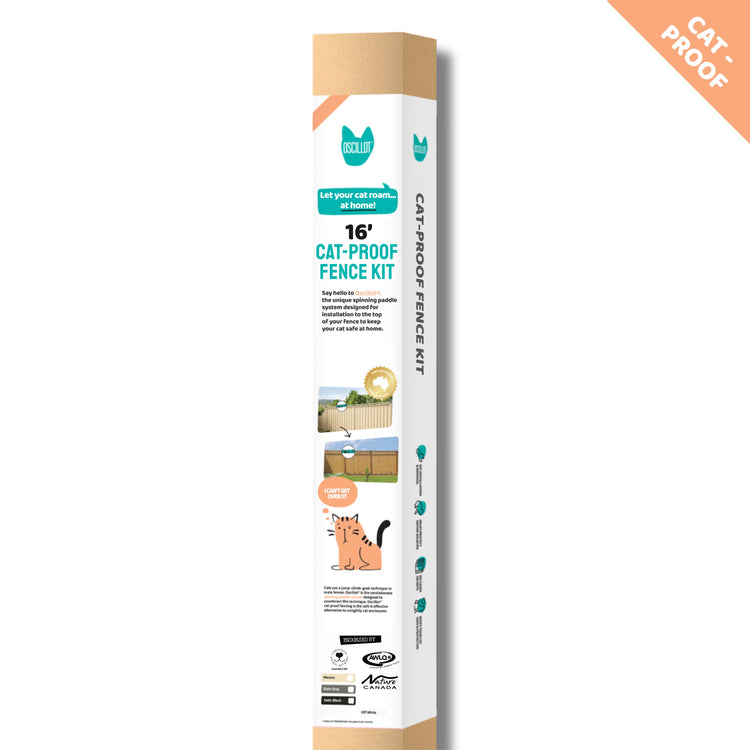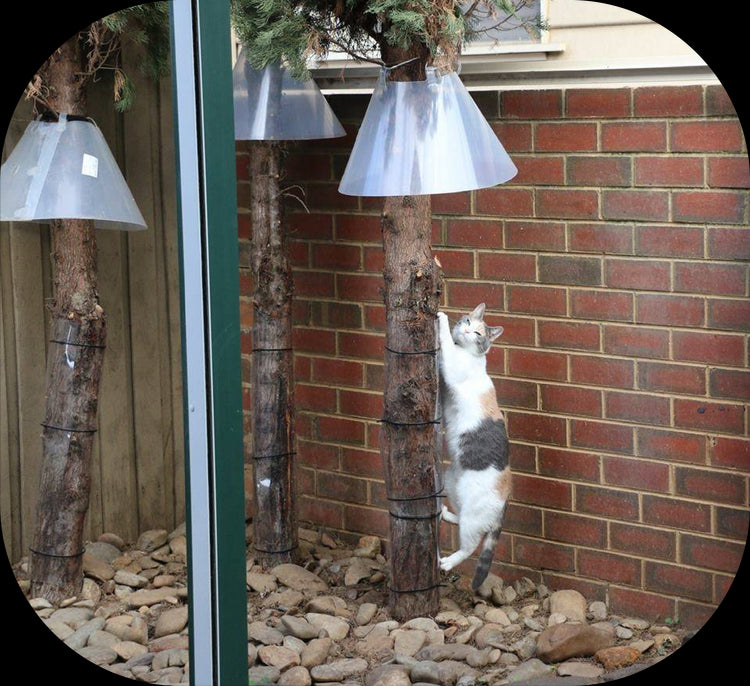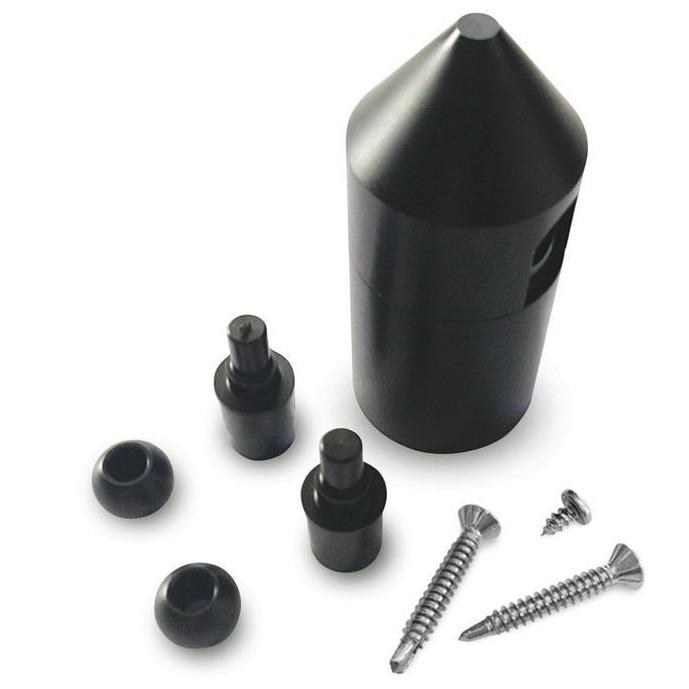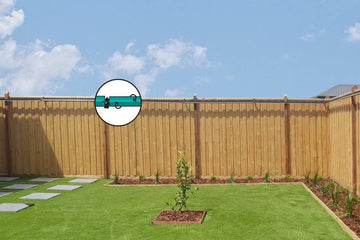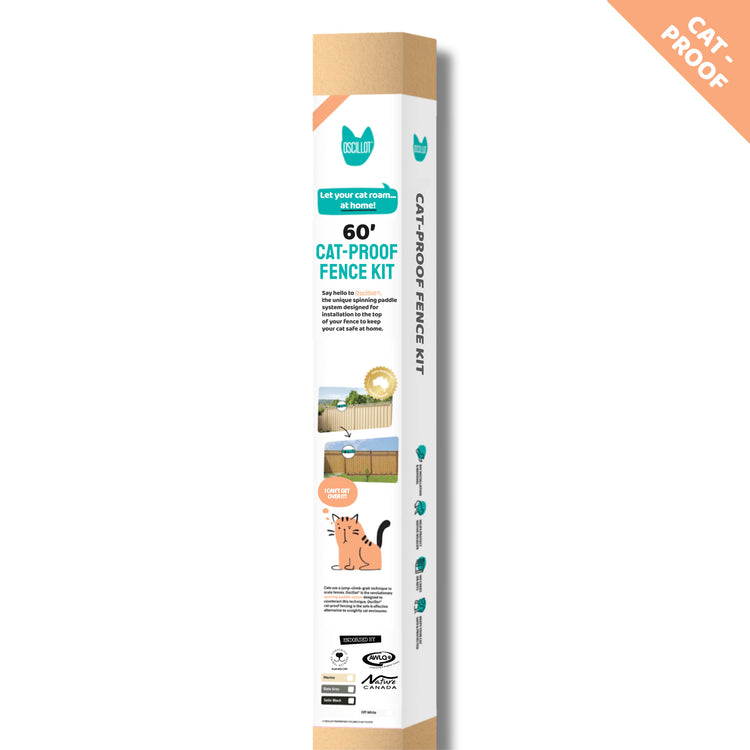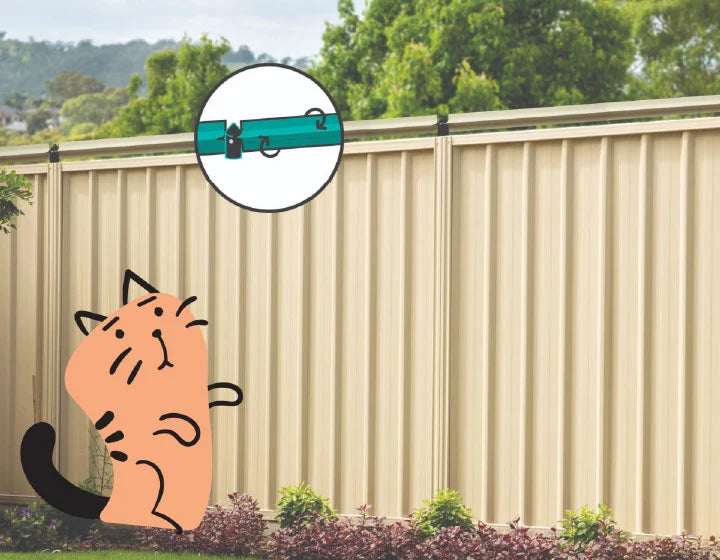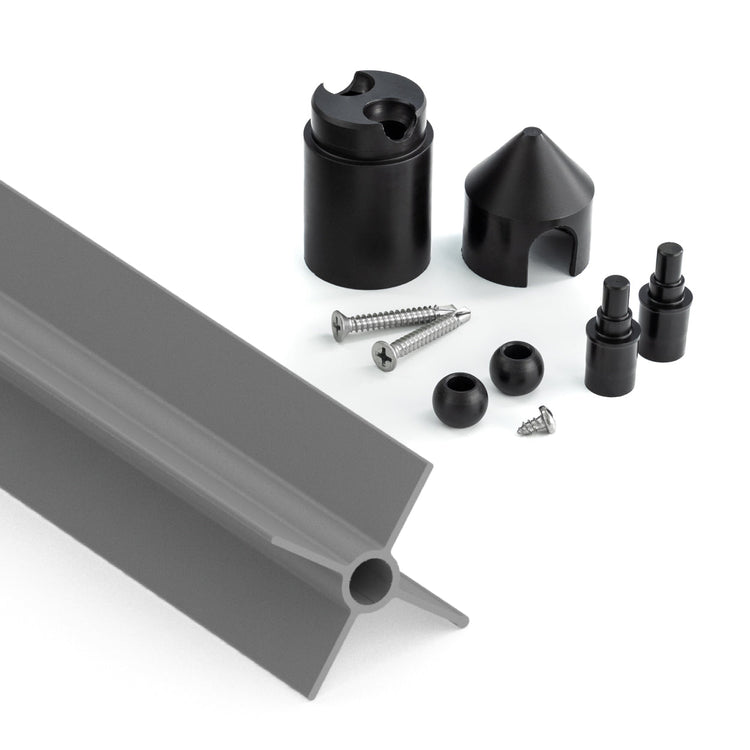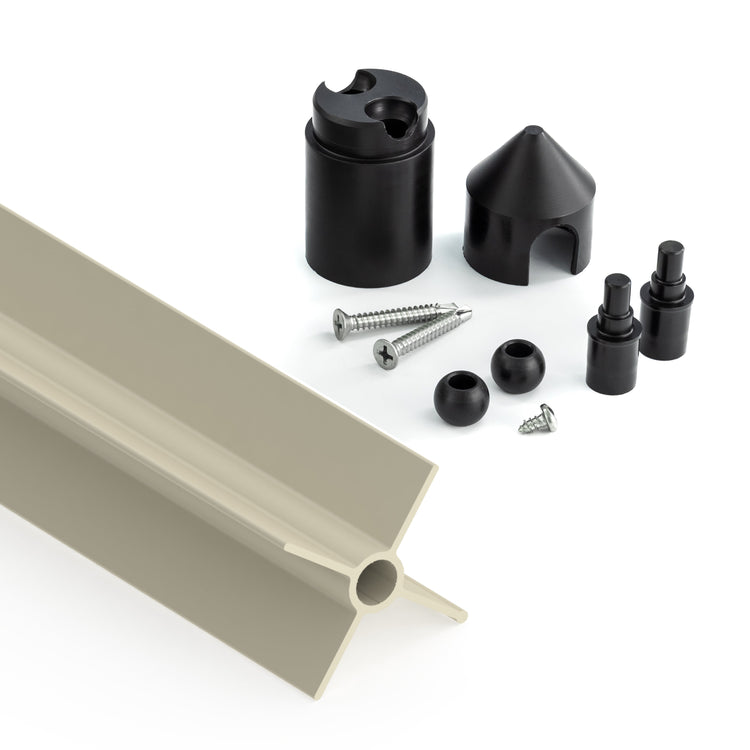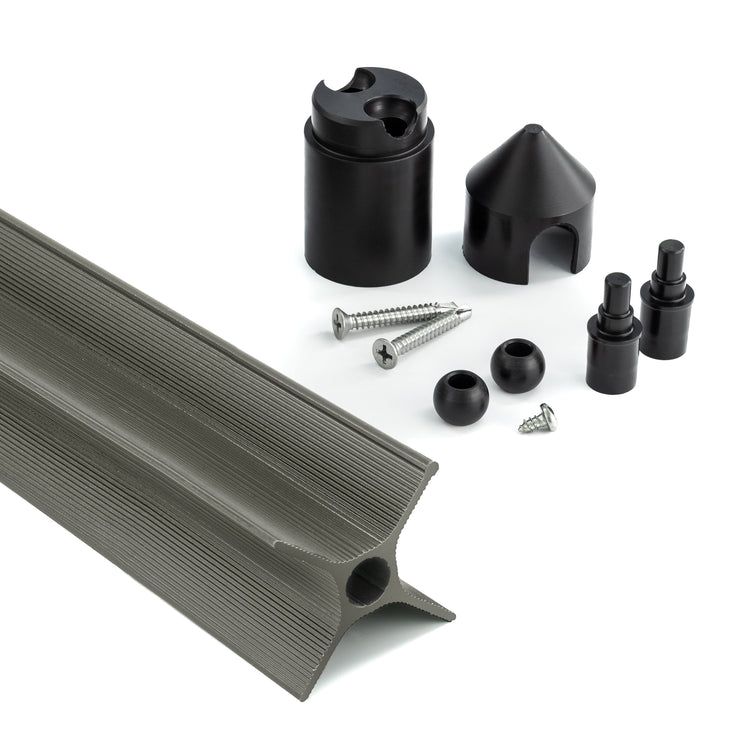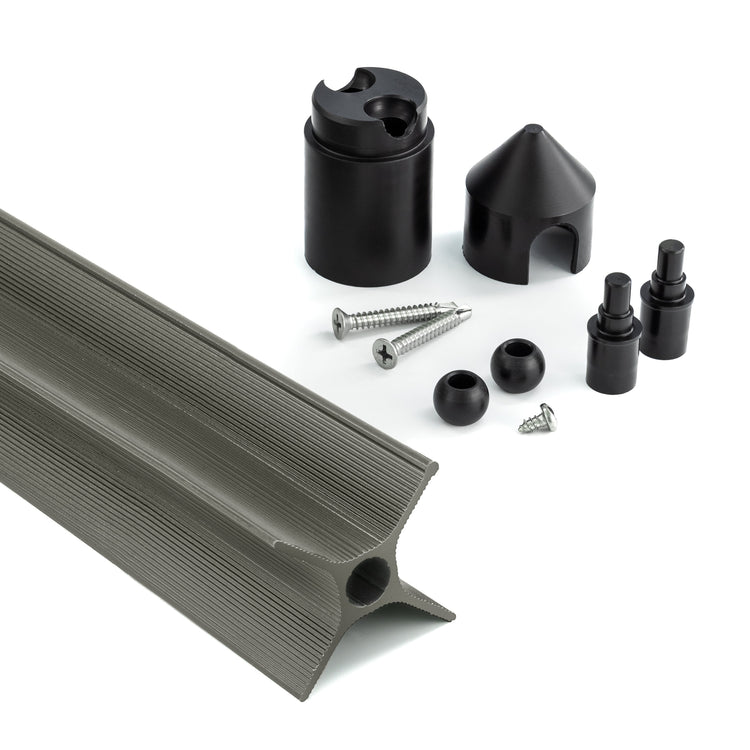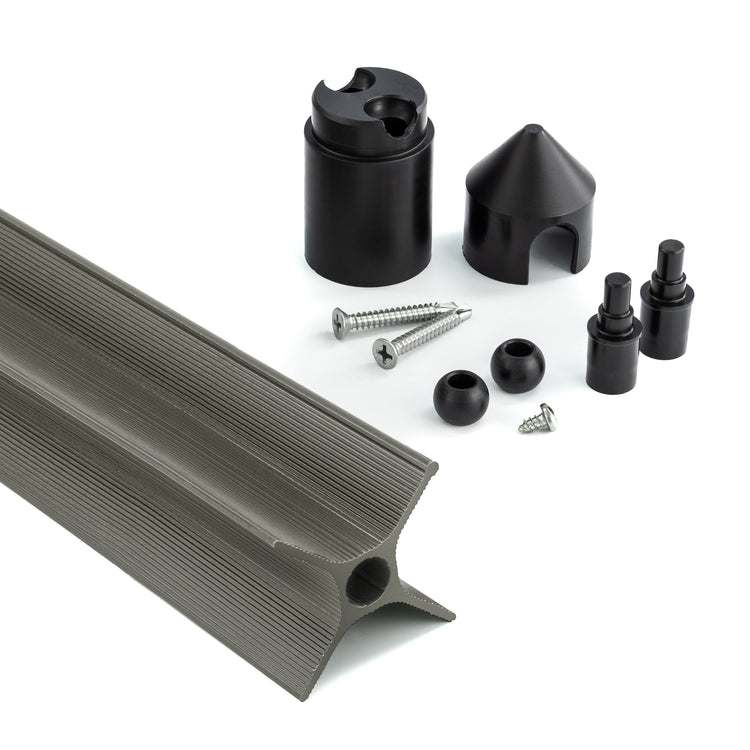Healing Spaces: Secure Outdoor Access for Recovering Cats

Creating safe outdoor environments for cats recovering from surgery or illness is really important for their healing. Cats naturally want to be outside, but recovering cats need special protection while still getting fresh air and natural stimulation. In the United States, more pet owners are seeing how important it is to provide secure outdoor spaces that keep cats safe while giving them the benefits of being outdoors. Properly designed outdoor spaces can help cats recover faster by reducing stress and providing gentle stimulation.
Key Takeaways
- Secure outdoor access provides essential mental and physical stimulation that can accelerate healing in recovering cats
- Fresh air and natural sunlight help boost vitamin D production, supporting immune function during recovery
- Cat-proof fence systems create safe boundaries that prevent escapes while allowing outdoor enrichment
- Different recovery conditions require specific adaptations to outdoor spaces for optimal safety
- Proper supervision remains essential even with secure containment systems in place
- Recovery spaces should include multiple resting areas with both sun and shade options
- Weather considerations must be addressed to ensure year-round comfort and safety
- Veterinary consultation is crucial when designing outdoor spaces for cats with specific medical needs
Benefits of Secure Outdoor Access for Recovering Cats
When cats are recovering from surgery, illness, or injury, their bodies are working hard to heal. Giving them access to secure outdoor spaces offers many benefits that can speed up healing. Fresh air and natural sunlight help produce vitamin D, which helps their immune system and bones. The sounds, sights, and smells of the outdoors—birds chirping, leaves moving, and new scents—give cats mental stimulation that can lower stress hormones that might slow down healing.
According to vets, controlled outdoor access can also encourage gentle movement, which helps maintain muscle tone and joint flexibility during recovery. This is especially important for cats recovering from bone or joint procedures or those who have been kept in cages for long periods. The mental stimulation provided by outdoor environments can also help prevent depression and behavior problems that sometimes happen during long recovery periods.
Secure outdoor spaces also help cats maintain their natural behaviors, like scratching, climbing (when it's safe for their condition), and exploring. This improves their overall happiness. For cats recovering from breathing problems, the better air quality outdoors can help clear their airways and reduce irritation. The natural daylight cycles outdoors can also help fix sleep patterns that often get messed up during illness, promoting better sleep that's important for healing.
Designing Safe Outdoor Spaces for Recovering Cats
Creating a good healing space for recovering cats requires thinking about both safety and comfort. The main goal is to prevent escapes while also protecting cats from dangers like predators, traffic, and poisonous plants. A well-designed recovery space should have multiple resting areas with both sun and shade options, letting cats control their body temperature as needed. The ground should be comfortable for sensitive paws, with areas of soft grass or special outdoor padding that won't hurt surgical sites or tender legs.
The Oscillot 120-foot Cat-Proof Fence Kit works really well for creating medium-sized recovery areas. It costs $852.00 and includes 30 paddles and 36 dual knuckle post kits, providing good coverage for a standard backyard healing space. The system is made of polyester and galvanized steel so it lasts a long time outdoors. The clever paddle design stops cats from being able to climb over the fence without needing ugly or potentially harmful overhead netting.
For bigger properties, the 300-foot Cat-Proof Fence Kit offers lots of coverage with 75 paddles and 84 dual knuckle post kits. This big system costs $2,027.00 and is perfect for creating spacious recovery areas where cats can experience different terrains while staying completely secure. The durable PVC and aluminum materials can handle outdoor conditions for a long time. This larger system lets you create different zones within the recovery space, like quiet resting areas and more stimulating exploration sections, which can be helpful for cats at different stages of recovery.
Essential Features of Cat Recovery Enclosures
Good recovery spaces for cats need to balance security with comfort and stimulation. The best healing environments include several key features that help physical recovery while providing mental enrichment. These spaces should be easy to access for cats that can't move well, with gentle ramps or steps instead of steep climbs or jumps. Water should be available throughout the space, as staying hydrated is critical during recovery. Strategically placed hiding spots or covered areas can help cats feel safe during recovery, reducing stress and supporting emotional well-being.
The 80-foot Cat-Proof Fence Kit, which costs $568.00, provides a great foundation for medium-sized recovery spaces. With 20 paddles and 24 dual knuckle post kits, this system creates a secure boundary that prevents climbing and jumping. The powder-coated steel construction ensures it lasts in various weather conditions, making it suitable for year-round use. The system can be installed on most existing fence types, including wood, chain link, and metal, making it adaptable to many different properties without requiring big changes to existing structures.
For smaller recovery areas, the 40-foot Cat-Proof Fence Kit offers an affordable solution at $301.00. This compact system includes 10 paddles and 13 dual knuckle post kits, providing secure containment for cats recovering in limited spaces. It's easy to install, making it accessible for pet owners looking to quickly create a safe healing environment. Despite its smaller size, this system provides the same level of security as larger kits, making it ideal for urban settings with limited outdoor space or for creating a dedicated recovery zone within a larger yard.
Adapting Fence Systems for Different Recovery Needs
Different medical conditions need different approaches to outdoor recovery spaces. Cats recovering from bone or joint surgeries need level ground with stable surfaces to prevent falls or strain, while those with breathing problems benefit from areas with good air circulation away from pollutants or allergens. Understanding your cat's specific recovery needs is essential for creating an appropriate healing environment. For cats recovering from eye surgeries, areas with filtered light rather than direct sunlight may be better to prevent discomfort, while those with skin conditions might benefit from a mix of sun exposure for vitamin D and enough shade to prevent overheating or sunburn.
For cats with limited mobility or those in the early stages of recovery, smaller, more controlled spaces may be better. The 16-foot Cat-Proof Fence Kit, priced at $117.00, provides a compact solution with 4 paddles and 5 dual knuckle post kits. This system is ideal for creating a small, highly supervised recovery area where cats can experience outdoor benefits with minimal risk. The limited space makes it easier to watch a cat's activities closely and step in quickly if needed, which is particularly important during critical recovery phases when a cat's condition might change rapidly.
The 8-foot Cat-Proof Fence Kit offers an even smaller solution at $67.00. With 2 paddles and 3 dual knuckle post kits, this system can create a secure outdoor nook that's perfect for short, supervised outdoor sessions during early recovery stages. The durable, weather-resistant materials ensure that even these smaller systems provide reliable protection. This minimal setup is particularly useful for creating transitional spaces that help cats gradually get used to outdoor environments after being kept indoors during medical treatment, serving as a stepping stone before introducing them to larger recovery areas.
Protecting Trees and Special Features in Recovery Spaces
Many outdoor recovery spaces include trees or special features that need extra protection to keep cats safe. Trees can be challenging, as recovering cats may try to climb them, potentially causing injury or allowing escape over fence systems. Special solutions are available to address these specific concerns while maintaining the natural benefits of these features. Water features like small ponds or fountains may need protective covers or barriers to prevent cats from falling in, especially those with impaired mobility during recovery. Decorative elements like statues or garden art should be secured to prevent tipping if cats try to climb or lean against them.
The Cat-Proof Tree Guard, priced at $29.99, provides an effective solution for preventing cats from climbing trees within recovery spaces. This simple system fits trees up to 9.25 inches in diameter and is easy to install with just one cone and one zip tie. By preventing climbing access, the tree guard eliminates a common escape route while allowing cats to enjoy the shade and sensory benefits of having trees in their recovery area. The smooth, angled surface prevents cats from getting the traction needed to climb upward, effectively blocking access without harming the tree or making the recovery space look less natural.
For more complex outdoor setups, combining multiple protection systems may be necessary. The innovative solutions offered by Oscillot can be customized to address specific challenges in recovery spaces, ensuring complete protection that adapts to your yard's unique features. For properties with multiple trees, installing several tree guards creates a system that maintains the natural environment while eliminating climbing escape routes. Similar barrier systems can be adapted for other vertical features like utility poles, downspouts, or trellises that might otherwise provide climbing opportunities for recovering cats.
Monitoring and Supervision in Outdoor Recovery Spaces
While secure fence systems provide essential physical barriers, proper supervision remains a critical part of safe outdoor recovery for cats. Monitoring allows caregivers to see how cats are interacting with the environment, ensure they're not overdoing it, and step in quickly if any problems arise. This is especially important during the early stages of recovery when cats may not yet understand their physical limitations. Regular observation helps caregivers identify potential problems early, such as signs of pain, difficulty moving, or bad reactions to environmental factors like temperature or allergens, allowing for quick adjustments to the recovery plan.
For older cats or those with chronic conditions, special considerations may be necessary. These cats often do better with more frequent, shorter outdoor sessions with closer supervision. Creating multiple comfortable resting spots throughout the recovery space allows these cats to enjoy the outdoors without overdoing it. Elevated platforms with gentle access ramps can provide comfortable observation points where senior cats can safely watch outdoor activities without navigating difficult terrain, while strategically placed shelter options ensure they can quickly access protection from sudden weather changes or overwhelming stimuli.
Modern technology can improve supervision through outdoor-rated security cameras or pet monitoring systems. These tools allow caregivers to keep track of their cat's activities even when they can't be physically present in the recovery space. Some advanced systems even include motion detection or two-way audio features that enable remote interaction. Temperature and weather monitoring devices can provide alerts about environmental conditions that might affect a recovering cat's comfort or safety, allowing caregivers to bring cats indoors or make adjustments to the recovery space as needed, even when they're away from home.
Weather Considerations for Outdoor Recovery Spaces
Weather conditions play a big role in the safety and effectiveness of outdoor recovery spaces. Extreme temperatures, rain, and wind can all impact a recovering cat's comfort and well-being. Creating a space with both sunny and shaded areas allows cats to control their temperature exposure, while sheltered sections provide protection from rain, snow, or excessive wind. In hot climates, cooling features like misters or elevated platforms that allow air circulation underneath can prevent overheating, which is particularly important for cats with certain medical conditions that affect temperature regulation or those taking medications that increase sensitivity to heat.
The Cat-Proof Fence Kits from Oscillot are designed to handle various weather conditions, making them suitable for year-round use. The durable materials resist UV damage, rust, and damage from moisture, ensuring long-term reliability regardless of seasonal changes. This durability is backed by a 60-day warranty, giving peace of mind to pet owners investing in recovery spaces. The paddle system's design specifically accounts for wind resistance, maintaining effectiveness even during breezy conditions when some barrier types might create dangerous rattling or movement that could startle recovering cats.
In regions with extreme weather patterns, additional modifications may be necessary to ensure year-round usability. This might include temporary covers for winter protection, misting systems for cooling during hot summers, or windbreaks in particularly exposed areas. These adaptations help maintain a comfortable recovery environment regardless of seasonal challenges. For cold-weather regions, heated shelters or warming pads designed specifically for outdoor use can extend the usability of recovery spaces during winter months, while insulated ground coverings can protect sensitive paws from cold or hot surfaces, depending on the season.
Enrichment Features for Healing Spaces
While safety is the main concern for recovery spaces, appropriate enrichment is equally important for mental stimulation and emotional well-being. Recovering cats benefit from sensory experiences that engage their natural instincts without requiring too much physical effort. Strategically placed bird feeders (at a safe distance), butterfly-attracting plants, or wind chimes can provide visual and auditory stimulation that enriches the recovery experience. Scent-based enrichment through cat-safe herbs like silver vine or valerian can provide smell stimulation that's particularly valuable for cats with limited mobility, offering mental engagement without requiring physical activity.
The DIY cat fence kits allow for customization of recovery spaces to include appropriate enrichment features. By creating a secure perimeter, these systems enable pet owners to focus on designing internal features that support their cat's specific recovery needs and interests. This might include gentle slopes for cats recovering from mobility issues or cushioned resting platforms for those with joint pain. The flexibility of these systems allows for the creation of different zones within the recovery space, such as quiet retreats for rest, sensory-rich areas for stimulation, and interactive sections for gentle play or exploration as recovery progresses.
Cat-safe plants can also enhance recovery spaces by providing natural textures, scents, and visual interest. Options like cat grass, catnip (used carefully for recovering cats), catmint, and valerian can offer sensory enrichment that supports mental well-being during recovery. These plants should be carefully selected to ensure they're non-toxic and appropriate for the cat's specific medical condition. For cats with breathing sensitivities, hypoallergenic plant varieties can provide greenery without triggering symptoms, while those recovering from digestive issues may benefit from access to cat grass, which can help with hairballs and provide beneficial fiber without the risks of random plant consumption.
Conclusion: Creating Healing Spaces for Optimal Recovery
Secure outdoor access plays a vital role in helping cats through their recovery journey. By combining the mental and physical benefits of outdoor experiences with appropriate safety measures, these healing spaces create environments where cats can recover comfortably while still enjoying natural stimulation. The range of Cat-Proof Fence Kits available from Oscillot America provides solutions for properties of all sizes, ensuring that every cat owner can create an appropriate recovery space for their feline friend. These well-designed systems address the unique security challenges of containing cats, whose climbing and jumping abilities often defeat standard fencing solutions, providing real peace of mind during critical recovery periods when preventing escapes is particularly important.
When designing a recovery space, remember that each cat's needs are unique. Think about your cat's specific condition, personality, and preferences when creating their healing environment. Talk to your vet about appropriate activities and limitations during recovery, and be ready to change the space as your cat's condition changes. With careful planning and quality containment systems, you can create a secure outdoor healing space that supports your cat's recovery from start to finish. Regularly checking the space as recovery progresses ensures that it continues to meet changing needs, with features being added or changed to handle increasing activity levels or address new challenges.
By investing in a secure outdoor recovery space, you're not just helping your cat's immediate healing needs—you're creating an enriching environment that can improve their quality of life for years to come. The mental stimulation, physical benefits, and natural experiences provided by these spaces contribute to overall well-being that extends far beyond the recovery period, making them a valuable addition to any cat-friendly home. Many cat owners notice a big change in their cats' mood and energy levels after introducing secure outdoor access, which becomes a compelling reason to keep these spaces long after recovery is complete.



